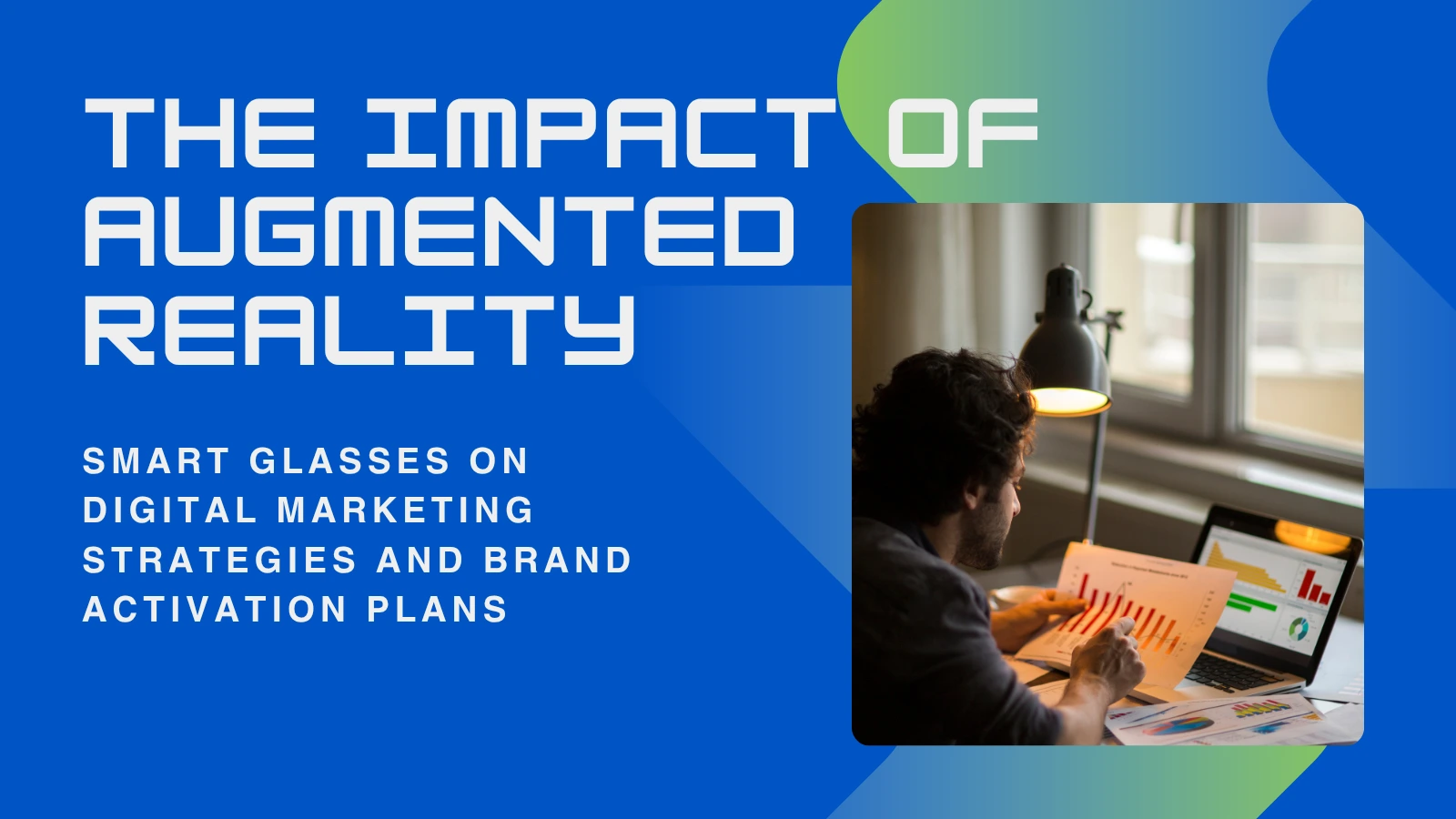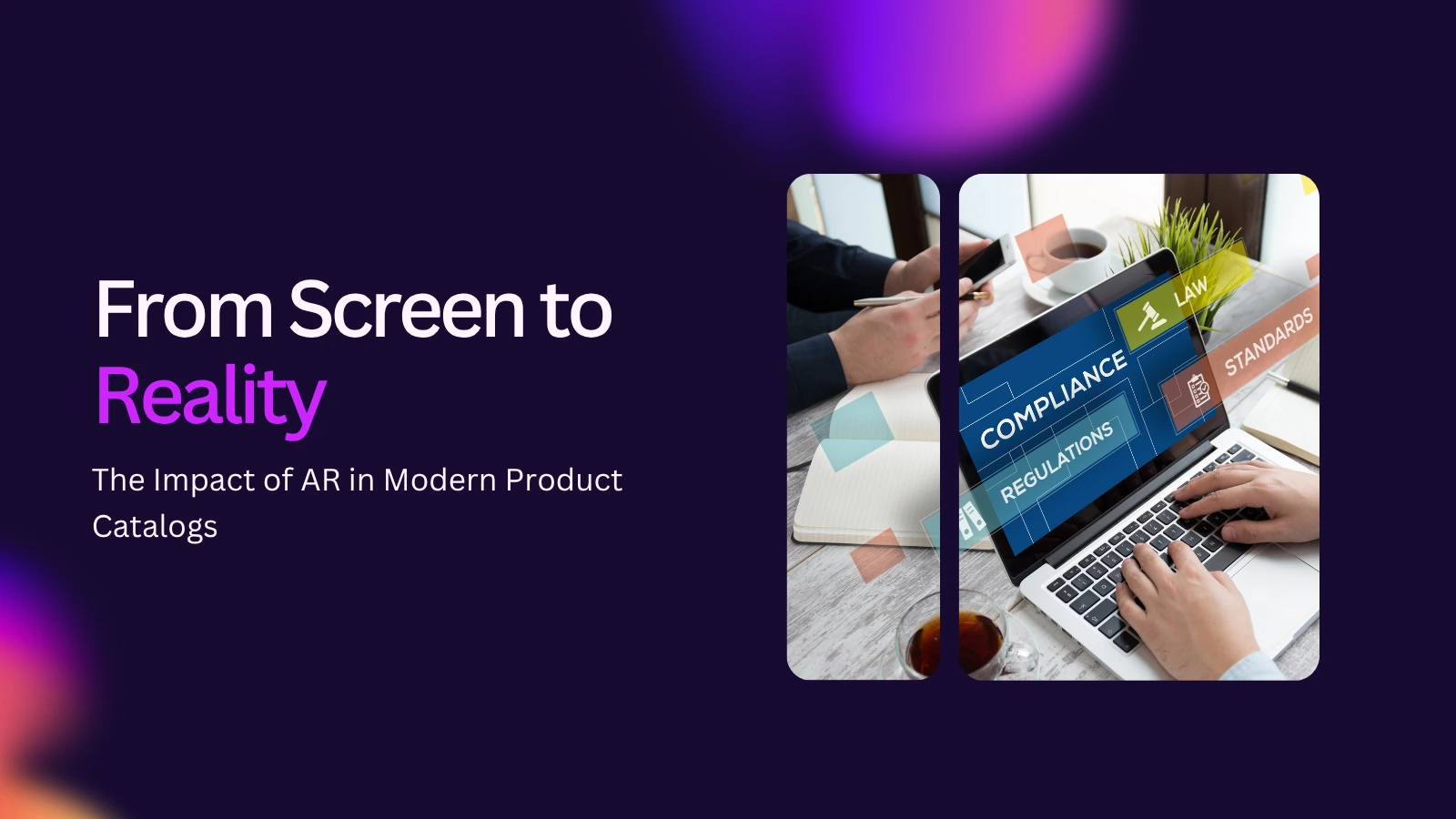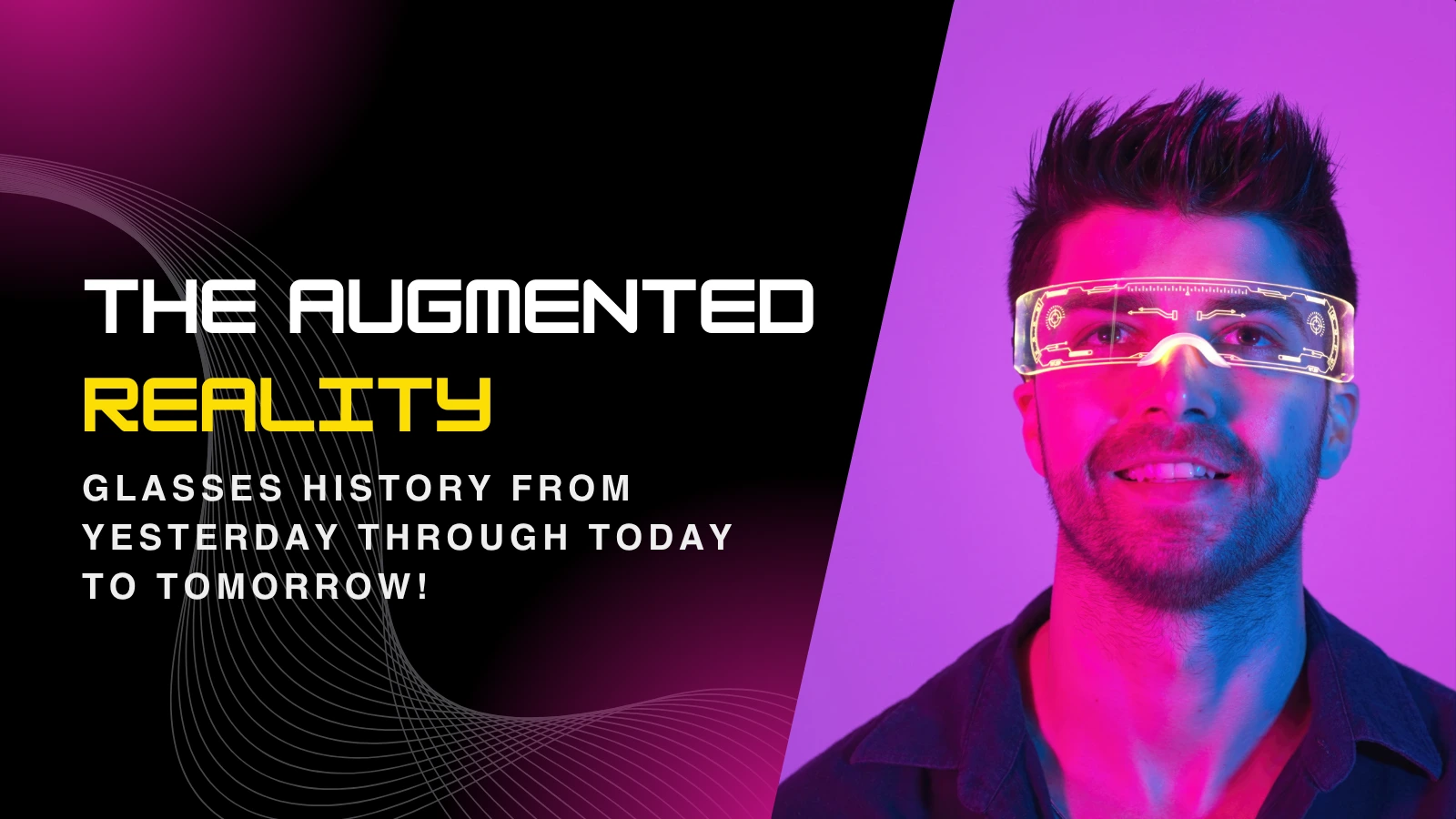The Impact of Augmented Reality Smart Glasses on Digital Marketing Strategies and Brand Activation Plans
Published On: July 7, 2025

Augmented Reality (AR) smart glasses have evolved from merely being futuristic ideas that one would least associate with science fiction narratives to becoming tangible realities that we can now indulge in today. These groundbreaking gadgets are advancing at an exponential rate and are considerably reshaping the manner in which consumers engage and interact with various brands. As immersive technologies continue to evolve and advance, AR smart glasses are starting to take their rightful position in determining what we can term the next generation of digital marketing and brand activation campaigns. With advanced capabilities that harmoniously conflate the physical and digital realms in real time, these incredible devices are allowing marketers to deliver and build experiences that are more personal, contextually relevant, and more memorable than ever.
This article explores how AR smart glasses are influencing the digital marketing landscape, revolutionizing brand activations, and what brands need to do to stay ahead of the curve.
Learn an in-depth overview of Augmented Reality Smart Glasses
By their very nature, smart glasses augmented reality are meant to overlay digital content into the user’s perception of the real world surrounding them. Different from their more conventional mobile-based augmented reality cousins, like Pokémon GO or Instagram filters accessed through handheld devices, smart glasses present a hands-free experience. Not only does this cutting-edge technology release the hands to perform other functions, but it also improves the experience by presenting a more immersive, interactive heads-up display incorporated into the physical world.
Products such as Apple Vision Pro, Meta’s revolutionary Ray-Ban Smart Glasses, Microsoft’s advanced HoloLens, and Snap’s jaw-dropping Spectacles AR are well and truly pushing the boundaries of the applications of augmented reality across a broad spectrum of industries, from consumer markets to the enterprise sphere. As these devices evolve further, becoming lighter in weight, more stylish in appearance, and more accessible in terms of cost, it is absolutely guaranteed that mass adoption of augmented reality is not only just over the horizon but is in fact standing on the doorstep—and marketers across the board are watching this development with bated breath.
Transforming the Future of Digital Marketing through the Use of Augmented Reality Wearable Technology
Digital marketing lives or dies on attention and engagement. AR smart glasses add new levels to both by making content more immersive, contextual, and frictionless.
1. Hyper-Personalized Content in Real Time
AR smart glasses have access to real-time information such as geolocation, web browsing history, and past purchases to provide content overlays and targeted advertising. For instance, while a consumer passes a store, the glasses flash a customized offer or product suggestion based on the consumer’s purchase history.
This particular form of micro-targeted messaging is employed to effectively bridge and link the offline physical environments and the online digital environment. It achieves this by offering carefully crafted promotions precisely at the time and location where they are most relevant and meaningful.
2. Immersive Advertising to the Next Level
Traditional display and video ads are passive and two-dimensional. AR smart glasses, on the other hand, make ads 3D. Picture a virtual sneaker unwrapping itself on your coffee table or a virtual car driving across your living room floor. These 3D ad experiences are more shareable, memorable, and engaging—building emotional connection and memory.
Immersive AR experiences carry 40% greater engagement and 33% greater conversion rates than traditional mobile or desktop campaigns, according to a 2024 Deloitte study.
3. Search Without Screens
Visual search is gaining popularity. AR smart glasses will see consumers view an AR item and simply activate the search for it or pull up real-time information. Google Lens-like capabilities on AR glasses will soon allow consumers to look at a handbag and instantly know the brand, reviews, and where to buy it—without having to pick up a phone.
For businesses, this is a huge opportunity: getting visual recognition metadata right and ensuring augmented reality search readiness is fully achieved and effective is becoming as crucial as search engine optimization once was in the mobile-first era that we’ve experienced.
Reimagining Brand Activation
Brand activation is all about creating memorable, interactive moments that forge deep emotional bonds. AR smart glasses take these activations to unprecedented levels.
1. Live and interactive campaigns in nature
During live events, the cutting-edge technology of smart glasses possesses the amazing power to turn passive spectators into highly interactive and active participants in a completely new manner. Consider the experience of going to a thrilling concert where these smart glasses offer an augmented reality overlay that offers interactive trivia about the band playing on stage, plays stunning 3D animations that are precisely synchronized with the rhythm and beat of the music, or presents hidden Easter eggs cleverly embedded in the vicinity that, once found, unlock stimulating rewards for the users.
Brands can also make physical spaces playable with location-based triggers, asking consumers to discover, engage, and share their experiences in ways they cannot with static signage or standard booths.
2. Merging Physical and Virtual Shopping Experiences
Augmented reality glasses have the immense ability to transform physical stores into interactive, multi-level, dynamic, and immersive experiences. While shoppers walk through a shopping space, the shopper can view contextual information regarding several types of products, read customer reviews providing the opinions of fellow shoppers, get personalized offers customized specifically for them, or even interact with holographic brand representatives who provide expert styling tips. For example, a store such as IKEA could enable shoppers to easily imagine how a particular piece of furniture would appear in the surroundings of their home, this visualization being directly experienced by them using their AR glasses as they move through the showroom.
This revolutionary phygital blend not only further enhances the interaction which customers have with a brand, but it also dramatically raises the conversion rates. This is achieved through minimizing any uncertainty which might be linked to buying decisions.
3. Experiential Sampling and Try-Ons
The try-before-you-buy concept has now turned into a strategic action in a plethora of industries like but not limited to fashion, cosmetics, and automobiles. With the introduction of augmented reality smart glasses, customers can now virtually try makeup, try sunglasses, or try footwear while roaming around their own homes in an effortless manner. Further, these revolutionary glasses allow people to virtually test drive without stepping out of their couches, providing an exciting experience to the shopping process.
In comparison to the AR filters being used on mobile, the smart glasses create a far larger extent of spatial awareness that is much more precise. Additionally, the smart glasses allow individuals to have a more natural and hands-free experience. The innovation improves the overall quality and credibility of the trial experiences being provided, further boosting the customers’ trust in the shopping experience.
Effects on Consumer Behavior
Just like with any new technology that brings such dramatic changes, the impact of augmented reality smart glasses on consumer psychology is very profound and profound. It is important for marketers to know how these new trends and innovations impact consumer behavior and shape their expectations in the market.
1. High Expectations for Interactivity
Increasingly, customers expect utility and interactivity out of their brand experiences. AR glasses speed this up. Brands that show flat, non-interactive content will be seen as out of touch, but those embracing immersive narrative and utility-based overlays will be rewarded.
2. Briefer Attention Span With Higher Expectations
Since information is in front of the user, there is less tolerance for non-relevant or poorly designed content. Brands, therefore, must concentrate their efforts on delivering value rapidly, staying away from useless tricks and maintaining a high value on relevance, clarity, and a sense of delight in what they provide.
3. New and Emerging Forms of Brand Loyalty
Augmented Reality glasses, or AR smart glasses for short, can bring seamless, multifaceted experiences that evolve over time. For this new setup, a customer may have the opportunity to unlock progressively richer content or receive more rewards the more they engage actively with the brand in the physical world surrounding them. This exciting blend of real-world gamification pieces and reward loyalty mechanisms presents the opportunity for new and exciting avenues for brand promotion and customer retention.
Challenges and Ethical Issues
Even with their promise, though, AR smart glasses offer a completely new range of complicated issues for marketers to deal with.
1. The Data Ethics Principles and Privacy Concepts
AR smart glasses tap into a vast reservoir of personal data—eye movement and spatial context to biometric information. Marketers will have to walk a very fine line, asking for permission and being transparent so as not to compromise trust. Regulators are also catching up, and AR data exploitation can create backfire and lawsuits.
2. The Fragmented State of Devices and the Design Complexity
Developing compelling AR experiences is a combination of UX, 3D graphics, motion graphics, and real-world context. With Apple, Meta, and others fragmenting hardware capability and standard, the marketer will have a fragmented ecosystem to deal with. Cross-platform development tools and universal design principles will be needed.
3. User Fatigue and Screen Overload
If used excessively, AR overlays can come across as intrusive and stressful. Utility and clutter are a thin line apart. Intelligent campaigns will have to be attuned to user mental load and ensure that their interventions are truly adding to the moment.
Case Studies: Understanding the Pioneering Brands Leading the Way in the Augmented Reality Glasses Revolution
Some pioneering and innovative brands now experiment with smart glasses featuring augmented reality:
Gucci has collaborated with Snap Spectacles to launch an extremely exclusive virtual try-on campaign. Through this revolutionary campaign, users have the opportunity to see themselves wearing luxury and premium eyewear in their own real-world environments.
BMW used HoloLens to demonstrate cars virtually in retail outlets, with real-time customization without the need for a physical car to have on hand.
PepsiCo introduced AR treasure hunts via glasses to music festivals, where consumers could claim rewards by scanning virtual objects in the environment.
These campaigns demonstrate the early promise of glasses-based AR and foreshadow what can be achieved when technology and creativity converge.
Preparing for Future Augmented Reality Marketing With augmented reality glasses soon to become a standard feature of everyday life in the next 3-5 years, attaining mass adoption, it is obvious that those brands that take the initiative and plan in advance will gain a significant competitive advantage. Below is the step-by-step guide on how to start your journey: Invest in AR Content Creation: Start creating 3D assets, spatial stories, and object-based triggers. These will be the pillars of immersive campaigns. Experiment with AR-Ready Platforms: Leverage different platforms like Snap AR, Niantic Lightship, or Unity MARS to create and experiment with augmented reality experiences with lower barriers to entry. Optimize for Visual Discovery: Think about broadening your scope beyond simple text and start designing and honing not just the packaging, but also the product surfaces and retail display surfaces to be more suitable for visual search and spatial recognition. Build strategic alliances with technology suppliers to your business: Authorise partner agreements with device makers and augmented reality content production studios so that you can stay ahead of device capability as well as industry best practice. Conclusion AR smart glasses are not just a new screen; they are an entirely fresh interface that can transform the way we live life itself. These new technologies transform the way we perceive the world around us, the way we move about different spaces, and the way we engage with the world around us on fundamental levels. For brand strategists and marketers, this revolution requires considering content creation, engagement building, and storytelling in a fresh and different way, a complete bottom-up rethink. From hyper-personalized advertising that’s customized to individual tastes to interactive in-the-wild advertising that lures people in with fresh types of engagement, AR smart glasses are poised to usher in a new and more immersive marketing era of emotionally charged experiences. The brands that will thrive in this new era will be those that are able to skillfully integrate creativity, an intuitive sense of empathy, and extensive technological expertise in a way that best targets customers precisely where they are—physically and emotionally. The revolution is not coming. It has begun.


